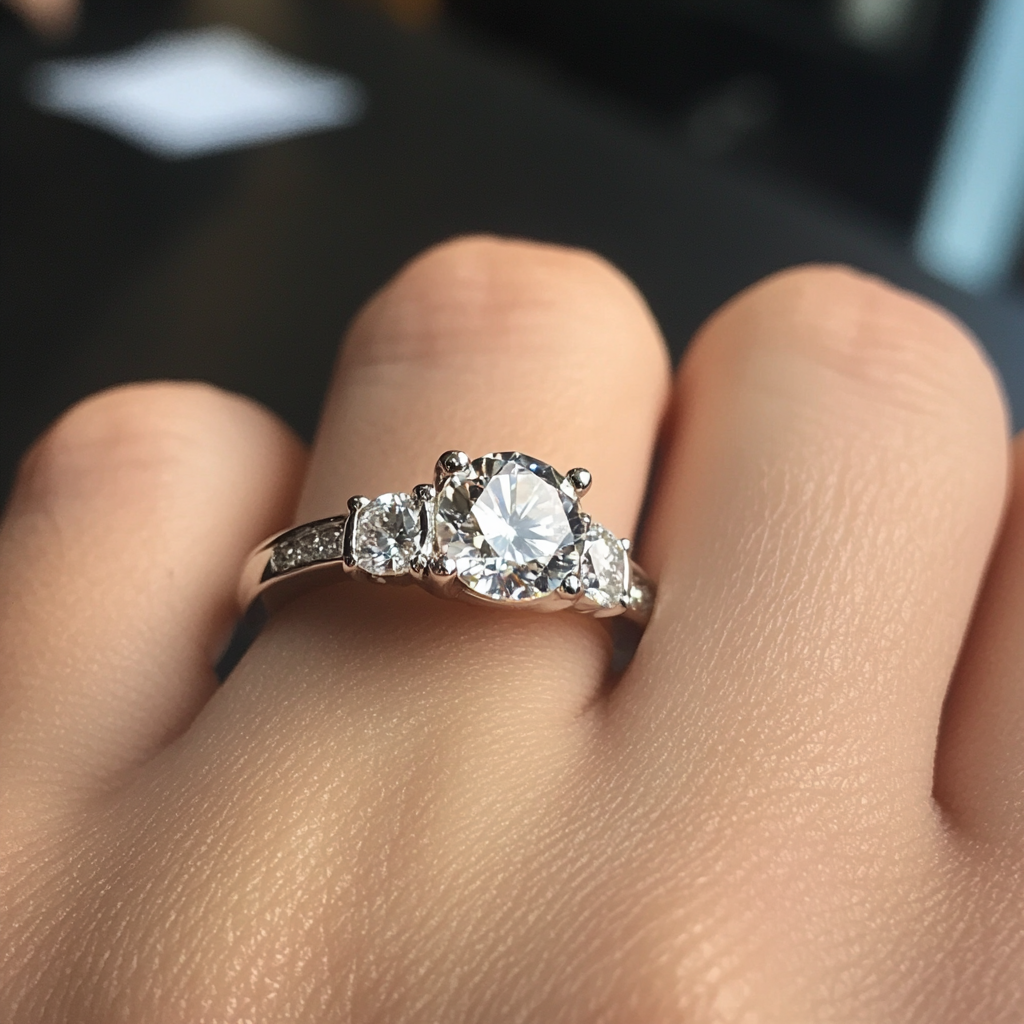- Joined
- Apr 19, 2008
- Messages
- 1,493
A new wonderful article by our very own Coati - Diamond Feather Inclusions: A Durability Risk?
https://www.pricescope.com/journal/diamond_feather_inclusions_durability_risk
Great Job!
Thank you everyone who contributed to the Article.
https://www.pricescope.com/journal/diamond_feather_inclusions_durability_risk
Great Job!
Thank you everyone who contributed to the Article.







300x240.png)